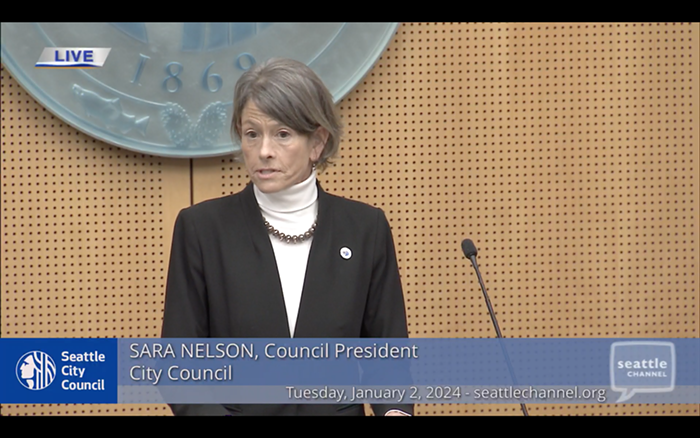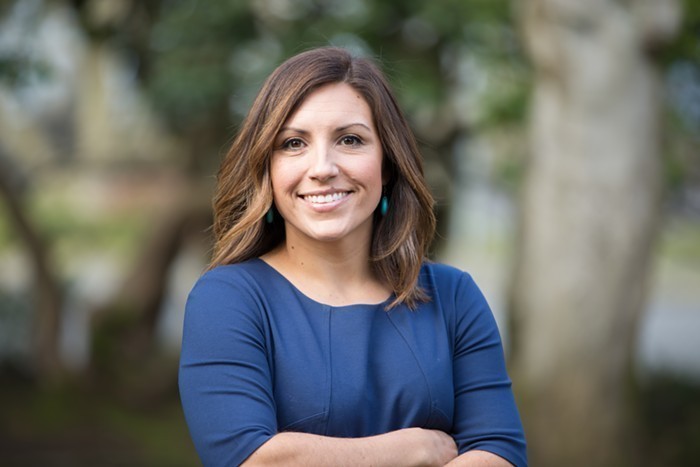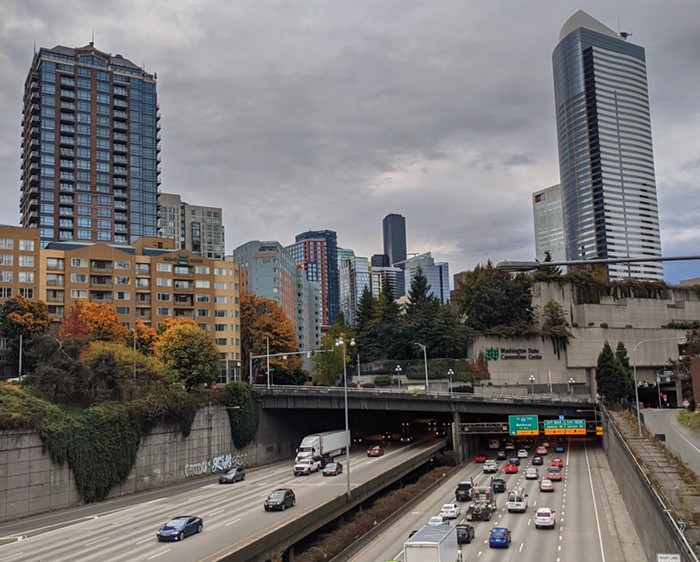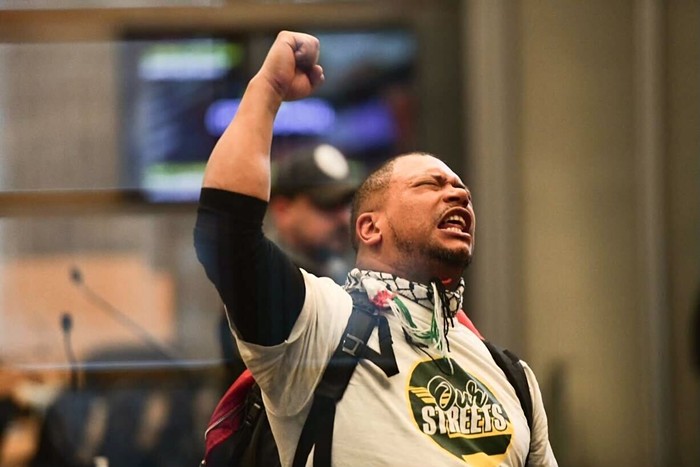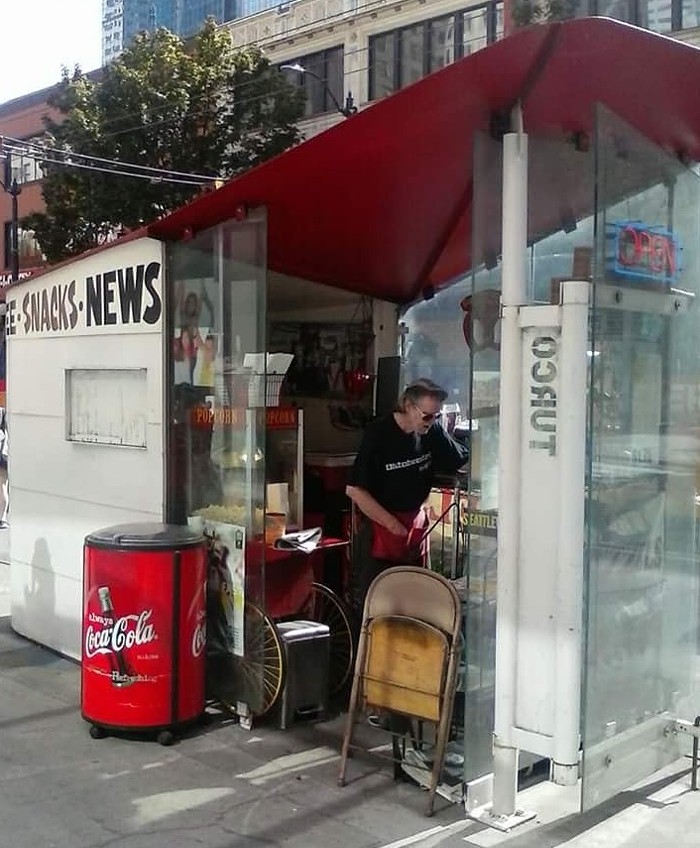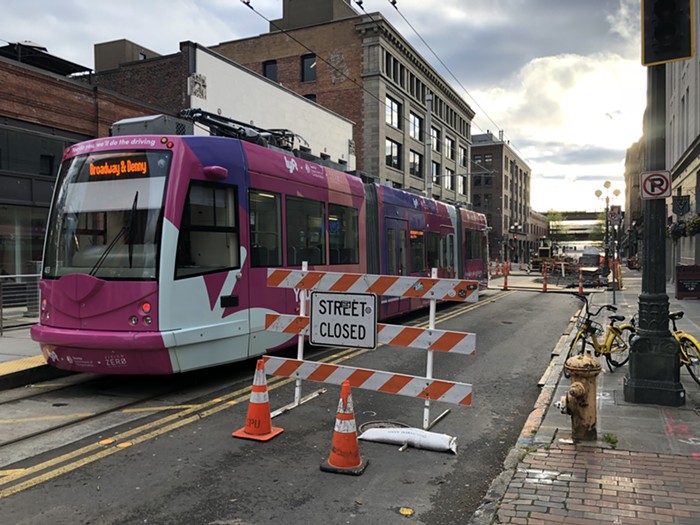
Stop me if you’ve heard this one before: After years of ballot measures, public hearings, and studies confirming both public support for a major streetcar project and its viability, a newly-elected mayor abruptly shuts down the project just as preliminary construction is getting underway.
In this case, the setting was my hometown of Cincinnati. Mark Twain is said to have quipped, “When the end of the world comes, I want to be in Cincinnati because it's always twenty years behind the times,” but Cincinnati was ahead of this nasty curve.
In Cincinnati’s 2013 mayoral election—a race with strong racial undertones that would foreshadow the presidential election three years later—a real estate developer with small ideas and a big mouth ran against a highly qualified female technocrat. The real estate developer’s agenda: undo the legacy of the popular but term-limited black incumbent. The developer, John Cranley, won the election, and his first order of business as mayor was to cancel a 3.1-mile streetcar loop in mid-construction, a major initiative of former mayor Mark Mallory.
The streetcar was narrowly saved a month later when a groundswell of public pressure flipped the votes of two city council members and gave the project a veto-proof supermajority. The streetcar finally had its grand opening in September 2016, but still suffers from mismanagement and indifference from the mayor’s office, and the local newspaper of record still talks about it as if it’s the work of the devil.
Cincinnatians who have recently moved to Seattle can be forgiven for having some unpleasant flashbacks when Mayor Durkan abruptly suspended construction on the Center City Connector, which would connect the South Lake Union and First Hill streetcar lines via downtown Seattle.
The stop-work order was ostensibly in response to revelations that the project faces a $23 million shortfall. I’m all in favor of fiscal prudence, and if an investigation should find that the shortfall is caused by negligence and/or malfeasance, the city should pursue all remedies at its disposal. But Mayor Durkan’s abrupt move reeks of an ideological agenda that has nothing to do with money.
For starters, stopping a major construction project after contracts have been signed and work has begun isn’t as simple as returning an item to Amazon for a refund after taking a look at your credit card bill; this is more like having second thoughts about the caterer for your wedding reception while walking down the aisle. The appropriate time to raise objections has long passed—which is a nice way of saying, “Sorry, but it’s way too late to get your money back.”
Much of the money spent on the Center City Connector is already unrecoverable. The vehicles have been ordered. SDOT estimates that the mere act of pausing the project will add up to another $14 million to the final bill. The investigation itself is expected to cost another $500,000. With construction costs in Seattle escalating as fast as they are, we’ll soon reach a point where the costs of the delay will far surpass any potential savings, and we’ll be left with nothing to show for it.
And then there are the opportunity costs and the long-term damage to the city’s credibility.
The Center City Connector budget includes $75 million in federal grants that can’t simply be redirected to other Seattle projects. That money will be sent back to Donald Trump, and Seattle will find itself at the back of the queue when applying for future federal grants. Cincinnati hasn’t received a single TIGER grant since Mayor Cranley pulled the same stunt—and the month-long pause on Cincinnati’s streetcar added over a million dollars to the final cost of the project.
Contractors and consultants, for their part, will remember this episode when negotiating future deals with the city, and you can be certain their bids will reflect the added risk of dealing with a city that apparently has no qualms about reneging on its legal agreements. Under the guise of fiscal responsibility, Mayor Durkan has ensured that future projects will be far more costly.
But again, it’s never about the money. Funny how projects like the SR-99 tunnel and the new international facility at Sea-Tac Airport are never held to the same level of scrutiny as public transit projects. Where are the calls to stop construction on these projects and spend half a million more dollars or more to find out why they cost so much? (Reminder: the projected cost overruns on the SR-99 tunnel project are nearly as much as the Center City Connector’s entire construction budget.)
Durkan’s move to kill the streetcar—unceremoniously announced in a Friday evening news dump—comes among SDOT decisions to delay construction of the Basic Bike Network, a proposed “reset” of the voter-approved Move Seattle plan, and other measures to water down proposed improvements in Rainier Valley and in West Seattle. Just this week, Durkan’s SDOT inexplicably rescinded its State Environmental Policy Act (SEPA) determination of non-significance for the expansion of the streetcar maintenance facility in South Lake Union—the determination that the project would have minimal environmental impacts. If expansion work resumes, the lengthy environmental review process must begin again from scratch.
Durkan’s approach is that of somebody who thinks the automobile will always and should always be Seattle’s default mode of transportation; even her proposed congestion pricing scheme, which could ease downtown traffic and provide a revenue stream for transit, is a stick without a carrot. Unless it’s coupled with robust improvements to our transit and bike network, it’s just another regressive tax.
I’m well aware of the streetcar’s checkered history here in Seattle. Equipment problems have plagued the First Hill streetcar, and both the First Hill and South Lake Union lines are slow-moving and frequently delayed by other traffic. But when designed and operated correctly—and connected to robust regional rail and local bus service—streetcars can be a critical part of a city’s public transit system. By creating dedicated lanes for its streetcars, Toronto saw massive improvements in the speed and reliability of its streetcars. Toronto’s proven best practices are already baked into the design of Seattle’s Center City Connector.
The need for high-capacity transit through downtown Seattle has never been greater. The waterfront will soon be choked with construction as the viaduct comes down, and buses will be evicted from the transit tunnel in 2019 for expansion of the convention center. The second downtown transit tunnel, promised by ST3 and running under 5th Avenue, will be four steep blocks uphill from the streetcar corridor and not scheduled to be completed until 2035. The Center City Connector, linking the two existing streetcar lines via dedicated lanes on First Avenue with signal priority and frequent headways, will immeasurably add to the usefulness of the SLU and First Hill lines, as well as provide new connections between Westlake, Pike Place Market, Colman Dock, Pioneer Square, and King Street Station.
Unfortunately, Durkan’s decision follows a familiar pattern of voter-approved transit projects being subsequently undermined by our elected officials. Despite a 55% victory at the ballot box in 2016, ST3 finds itself under attack by politicians in Olympia eager to dole out car tab relief to owners of late-model luxury cars. The Move Seattle levy passed with 58% of the vote in 2015, only to be “reset” by Durkan now. Durkan may describe it as “Trump-proofing” Seattle, but it looks an awful lot like she’s doing Trump’s dirty work for him.
Perhaps we shouldn’t be too surprised. During a candidate forum last June, Cary Moon, Nikkita Oliver, and Jessyn Farrell each articulated a clear vision for public transit in Seattle. Jenny Durkan, by contrast, offered some mealy-mouthed platitudes about transit but little in the way of actionable policy ideas. Notably, she also ranked pedestrians dead-last on her written list of transportation priorities.
The Transportation section of Durkan’s campaign site contains all the right words about transit, bikes, and safe streets—it even touts the Center City Connector!—but her actions to date tell a different story: Sabotaging transit projects, scrapping bike infrastructure, making it more expensive for people to drive into the city without providing alternatives. She ran against the Trump Administration’s environmental agenda, but she’s governing like a Scott Pruitt acolyte. At least Pruitt doesn’t bother wearing sheep’s clothing.
It’s a sad commentary about America that even relatively minor transit projects must still rely on sustained grassroots activism to survive sabotage by public officials. To paraphrase Ansel Adams, it is horrifying that we have to fight our own government to provide alternatives to climate-destroying automobiles. Don’t dare tell me there’s no money for transit while we spend the equivalent of the entire $54 billion ST3 budget each month on our military and Jeff Bezos don’t pay a dime in state or local income tax.
The idea of public transit as a superfluous form of social welfare may still hold sway back in Republican-dominated Ohio, but we should demand better here in liberal Seattle.
Mayor Durkan? Resume construction on the Center City Connector immediately. If you don’t, then you should apologize to Seattle voters for lying to us during the campaign.
David Cole, AIA, is an architect in Seattle and a former member of the Seattle Subway leadership team.

